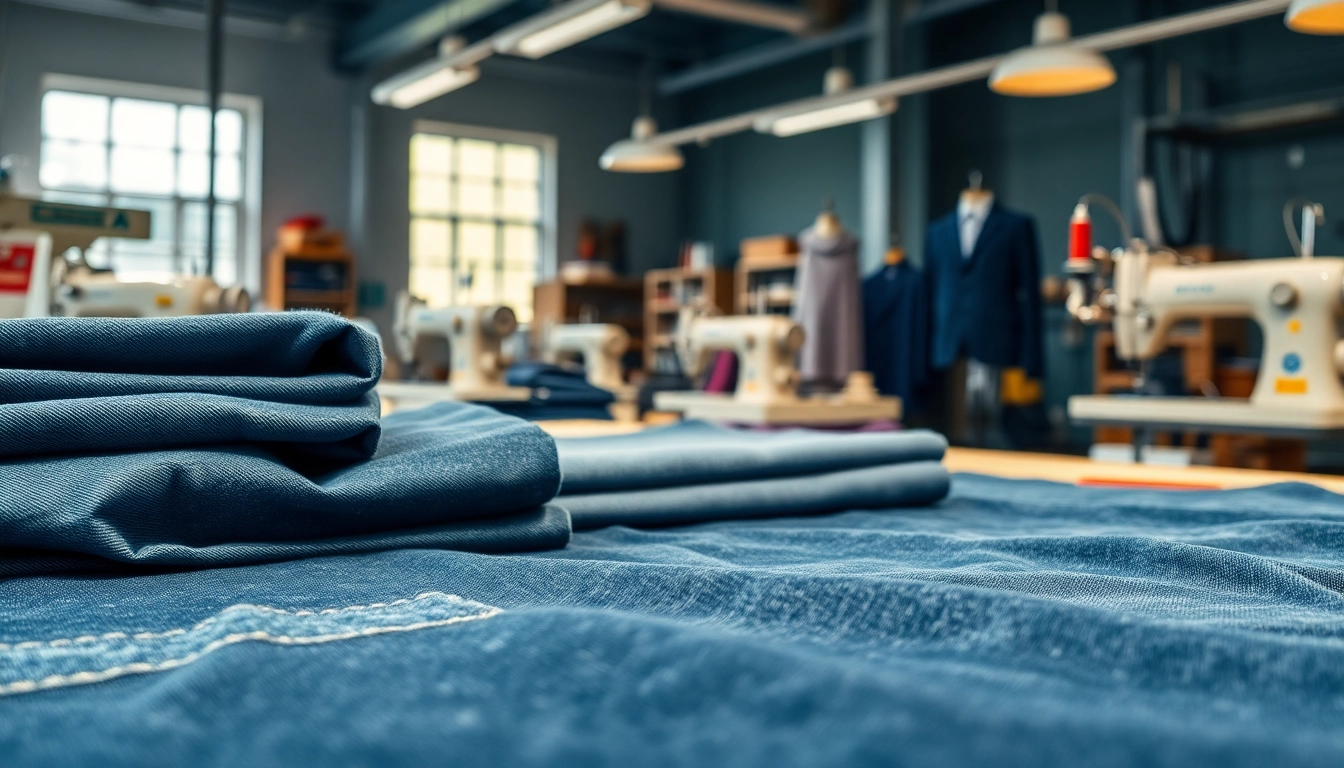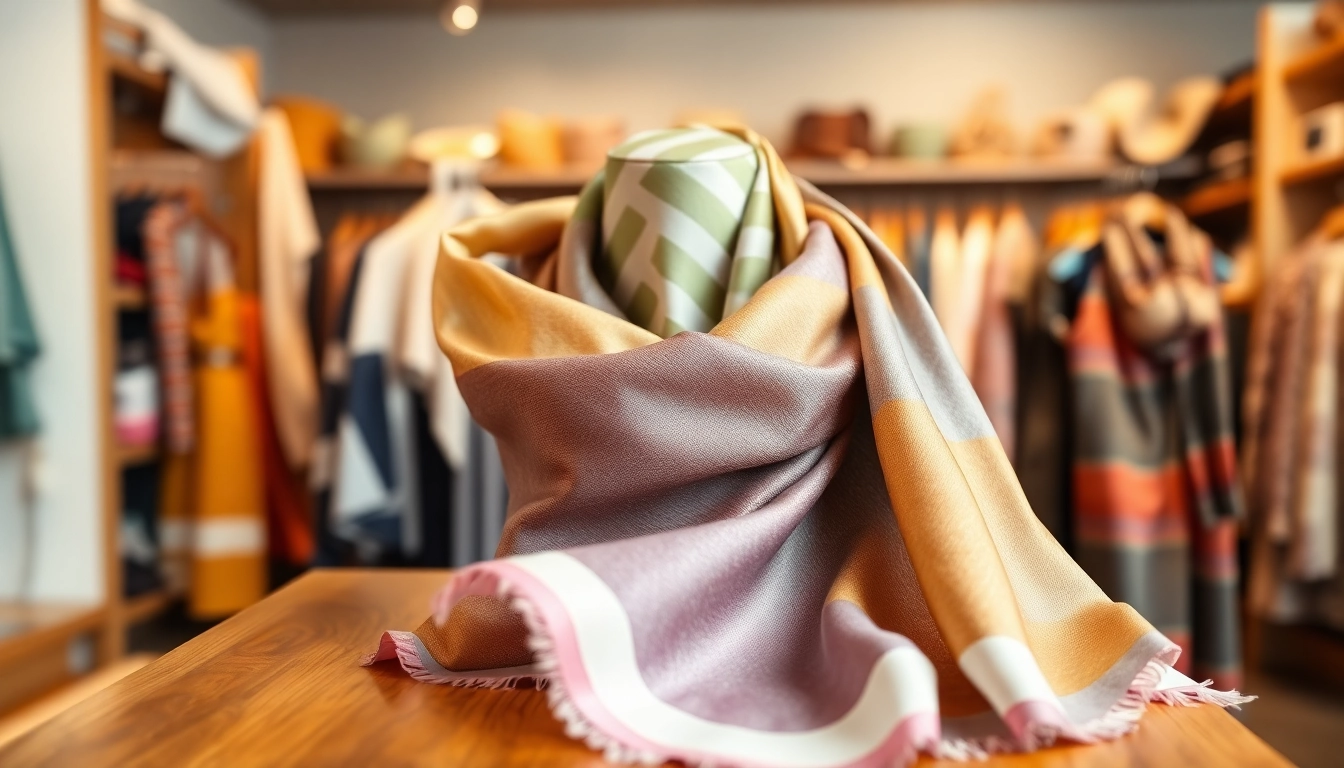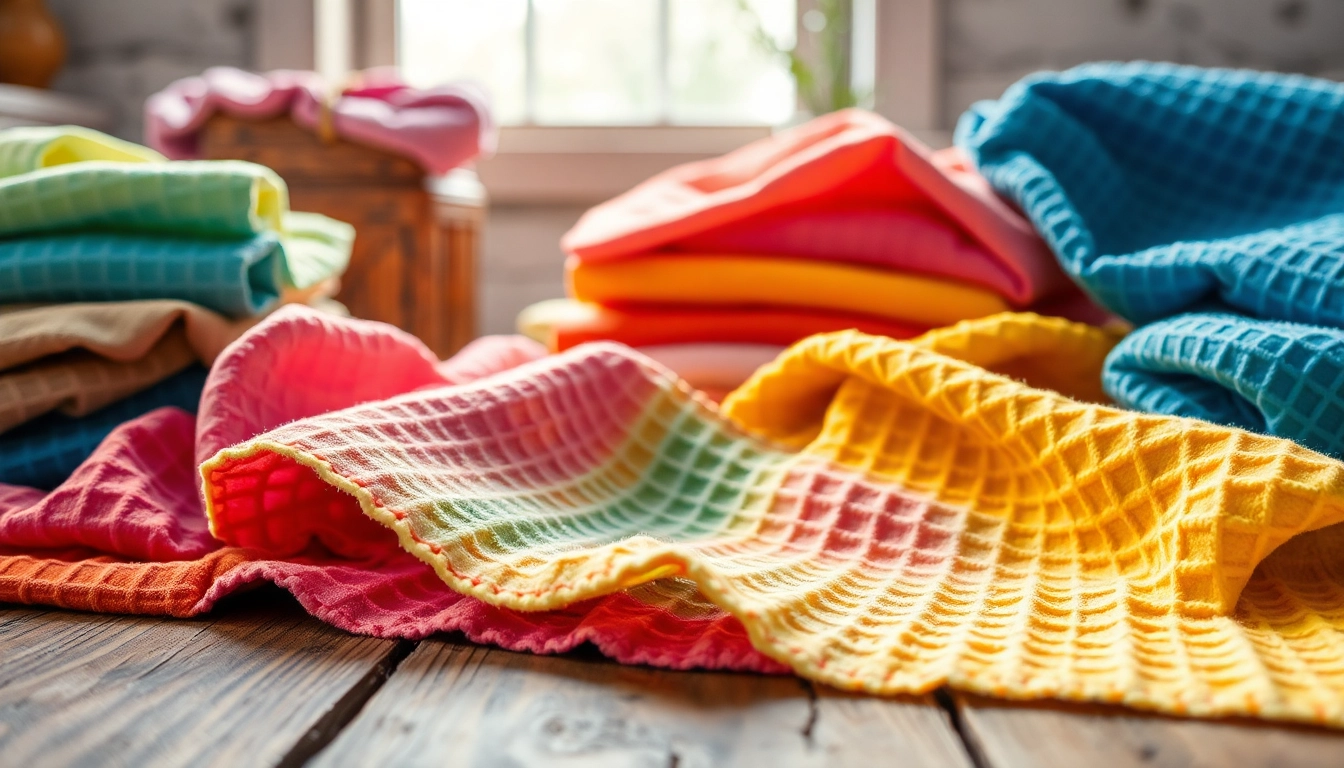Understanding Jeans Fabric: Types and Characteristics
Key Varieties of Denim Fabric
Denim fabric is recognizable across the globe for its versatility and durability. The hallmark of jeans fabric, denim, varies in types based on factors like weave, weight, and finishing. Familiar varieties include raw denim, which is untreated and retains its original indigo dye, and washed denim, which undergoes post-weaving treatments to achieve a softer feel and lighter color. Other popular types include selvedge denim, known for its tightly woven edges that prevent fraying, and stretch denim, which incorporates elastane to provide flexibility and comfort.
What Makes a Quality Denim?
Quality denim is characterized by its construction, fiber blend, and finish. A premium fabric should consist of high-quality cotton fibers combined with specific treatments that enhance its durability and aesthetic appeal. To determine excellence, look at the fabric’s weight; heavier denims (usually 12oz and above) tend to be more robust and long-lasting. Other indicators of quality include the integrity of the dye (which should not fade excessively) and the fabric’s texture, which should feel substantial yet comfortable against the skin.
Comparing Denim Types: Raw vs. Washed
The comparison between raw and washed denim often comes down to personal preference and intended use. Raw denim, revered by purists, offers a unique fading pattern as it conforms to the wearer’s body over time, thus becoming personalized. However, it requires a commitment to wear without washing for extended periods to achieve the desired character. On the other hand, washed denim presents a more polished look straight from the rack, appealing to consumers who prefer convenience without compromising style.
Global Trends in the Jeans Fabric Manufacturing Industry
Current Market Dynamics
The global market for jeans fabric manufacturers is witnessing significant shifts influenced by changing consumer preferences, technological advancements, and economic factors. The demand for sustainable and ethically produced materials is rising, with manufacturers focusing on eco-friendly practices and materials. Innovations in fabric technology, such as water-saving dyeing processes and the use of organic cotton, are becoming increasingly desirable. Additionally, market analysts observe that geographical shifts in manufacturing—due to logistics costs and economic conditions—are prompting brands to reassess their supply chains.
Sustainability and Ethical Practices in Manufacturing
As awareness surrounding environmental concerns grows, sustainable practices have transitioned from niche to mainstream within the denim industry. Consumers are becoming more discerning, favoring brands that prioritize ethical production methods. This trend prompts manufacturers to explore circular economy concepts, such as using recycled materials and implementing waste-reducing processes. Certifications for sustainability, such as GOTS (Global Organic Textile Standard) and OEKO-TEX, are increasingly considered crucial for manufacturers looking to position themselves favorably in the market.
Emerging Technologies Influencing Production
The advent of smart manufacturing technologies is transforming the jeans fabric sector. Automation—through robots and IoT (Internet of Things)—offers enhanced efficiency and consistency in production. Projects integrating AI can help predict trends, optimize inventory levels, and reduce waste. 3D knitting technology is also gaining traction, allowing brands to produce custom-fit jeans without the excess material waste typical of traditional cutting methods. By leveraging these technologies, manufacturers can maintain competitive edges while meeting the evolving demands of consumers.
Selecting the Right Jeans Fabric for Your Needs
Considerations for Designers and Manufacturers
When selecting denim for a new design, several factors must guide the decision-making process. A designer’s vision and target consumer dictate fabric choice, as the feel, durability, and look of the denim directly impact the final product. It’s also essential to consider the end-use of the jeans; for example, denim used in high-fashion applications may prioritize aesthetic quality over durability, while workwear demands a sturdier fabric.
Choosing between Stretch vs. Non-Stretch Fabrics
The choice between stretch and non-stretch denim is pivotal in defining the fit and comfort of the finished garment. Stretch denim, containing elastane, adapts to the body, providing comfort and fit retention, making it popular for casual wear and trendy designs. In contrast, non-stretch denim is preferred for traditional and artisanal styles, offering a structured, raw feel that appeals to denim enthusiasts. Each type holds distinct advantages, and understanding the target demographic’s preferences can significantly affect commercial success.
Price Points: What to Expect from Different Fabrics
The pricing of denim fabric varies considerably based on quality, sourcing, and production methods. In general, high-quality denim from reputable jeans fabric manufacturers commands a premium. Basic denim can range from budget-friendly options suitable for mass production, whereas luxury denim often incorporates unique treatments, blends, and sustainable practices that reflect in its pricing. A careful analysis of cost versus quality is foundational when sourcing denim for production.
Top Jeans Fabric Manufacturers Around the World
Criteria for Evaluating Manufacturers
In assessing jeans fabric manufacturers, several criteria should be established for optimal selection. Key factors include the manufacturer’s capacity to meet production demands, quality consistency over time, and adherence to sustainable practices. Additionally, evaluating the range of fabrics offered, turnaround times, and flexibility in customization also plays a crucial role. Trade references and samples can provide valuable insights into a manufacturer’s capabilities, ensuring aligned values and quality standards with the brand’s mission.
Highlighting Innovators in Fabric Production
The denim industry is an evolving landscape where innovation plays a pivotal role in maintaining relevance. Manufacturers that adopt new technologies—be it advanced dyeing methods or fabric blends—stand out in a crowded market. The evolution of fabrics, such as biodegradable or recycled denim, demonstrates a commitment to sustainability that resonates with contemporary consumers. Moreover, brands embracing digital textile printing are paving the way for more vibrant and unique patterns, appealing particularly to younger demographics.
Case Studies: Successful Collaborations
Successful collaborations between designers and manufacturers yield noteworthy results, enhancing visibility and impact in the market. Observing brands that have engaged carefully curated partnerships can yield insights into best practices for developing unique denim lines. Such collaborations often feature bespoke materials that reflect both parties’ strengths, boosting innovation while fulfilling consumer desire for exclusive, high-quality products. Effective case studies include environments where holistic design thinking meets manufacturing expertise.
Future Directions for Jeans Fabric Manufacturers
Anticipating Market Shifts and Consumer Preferences
The future of jeans fabric manufacturing hinges on adaptability. Understanding and anticipating shifts in consumer preferences—whether they lean toward sustainable products or demand innovative designs—will dictate successful strategies moving forward. The emergence of personalized fashion—where fabrics can be tailored to the individual’s needs—points to a future where customer engagement is paramount in shaping production processes. Manufacturers that remain attuned to market dynamics are more likely to thrive in an increasingly competitive environment.
Investments in Research and Development
Investment in research and development (R&D) is critical for jeans fabric manufacturers looking to innovate and stay ahead. From developing new blends of fibers to exploring eco-friendly production technologies, R&D is the backbone of sustainable growth in the industry. Manufacturers embracing this principle can differentiate themselves, producing denim that not only meets today’s standards but also anticipates future trends in fashion and sustainability.
Building Stronger Supply Chains
In a landscape marked by volatility, strengthening supply chains is vital for longevity within the jeans fabric manufacturing sector. Developing relationships with reliable suppliers, optimizing logistics, and ensuring compliance with ethical standards forms a resilient framework. Additionally, assessing the potential of localized supply chains can offer more control over production and faster response times to market demands, fostering agility and enhancing competitiveness. By investing in robust, transparent supply chains, manufacturers can navigate the complexities of global trade more effectively.



